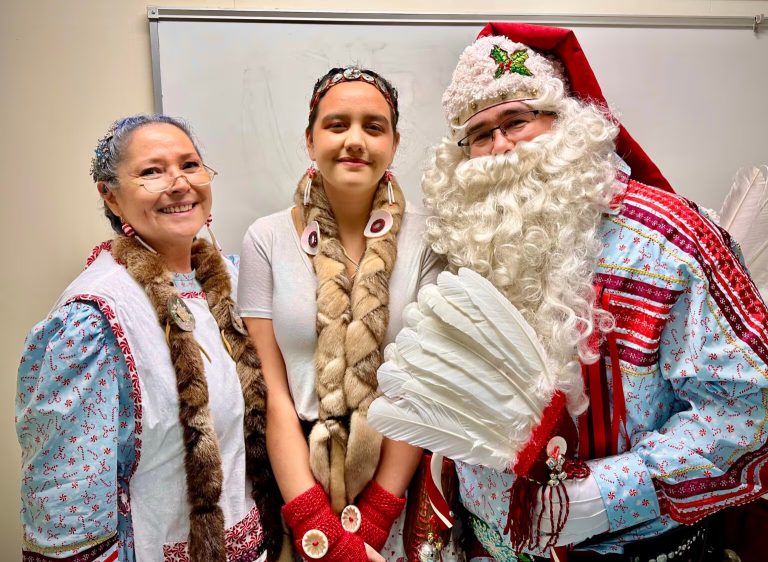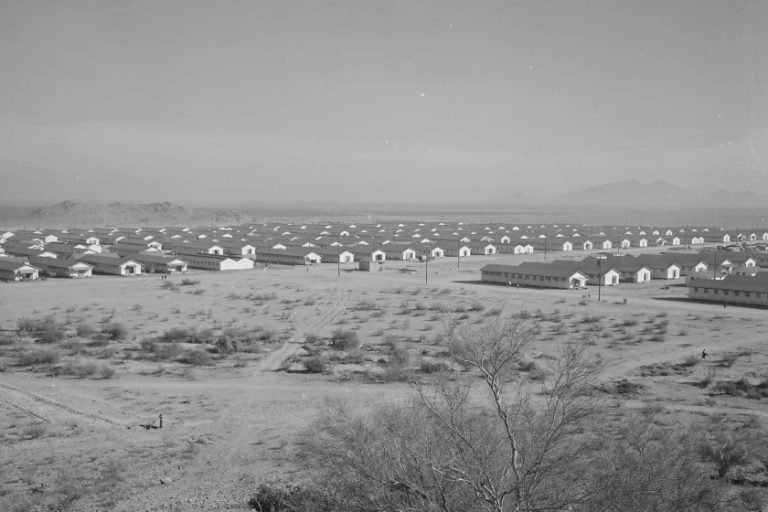By Nicky Ouellet, Montana Public Radio
In all but a small handful of states, Native Americans are elected at a rate that falls well short of their percentage of the population. And there are only two Native American members of Congress. But Native Americans living in Montana have some of the best representation at the state level in the country.
Enough Native Americans are running unopposed or even against other Native Americans that tribal members are guaranteed eight of the 150 seats in the House or Senate. Ten tribal members are running for office.
The racial make-up of Montana’s legislature started resembling the state’s population demographics in 2003, right around the time the state redrew its House districts to boost the Native vote.
Longtime legislator Jonathan Windy Boy, a member of the Chippewa Cree Tribe, says be believes a robust yet diverse Indian Caucus means Native American issues garner more attention.
“Even in the caucus, we’re not going to agree on everything,” Windy Boy said. “So we try to address some of the issues we all come to a consensus on.”
Recently those issues include tribal water compacts, Medicaid expansion and a language preservation bill the Indian Caucus pushed for that passed 2013.
The growth of the Indian Caucus has also attracted allies who add heft to the caucus’s vote. “When you take a look at rep as far as the legislature, there has to be a point and time of the recognition of tribal people and the caucus as well,” Windy Boy said. “That shouldn’t be taken for granted or overlooked.”
Windy Boy is looking to November 9th, when legislators will begin jostling for leadership positions. He’s hoping his and other tribal members’ long track records in the Senate and House will win them key positions.
Equal representation, or parity, is relatively easy in a state like Montana, where Native Americans account for roughly seven percent of the total one million people living there. Nearly 100 tribal members across the country are running for state office. Oklahoma and Arizona both approach parity, with nine and eight tribal members running, respectively.



